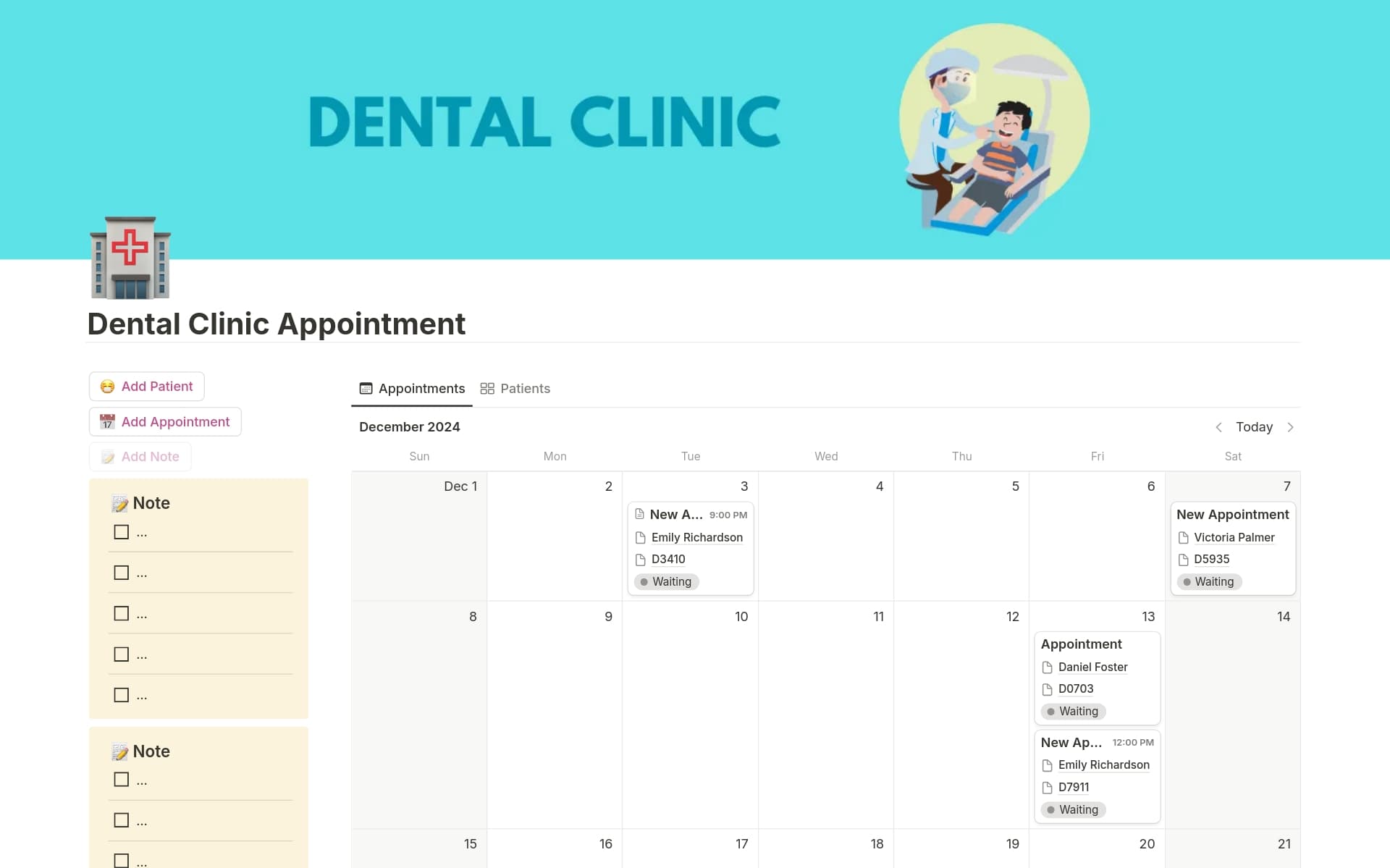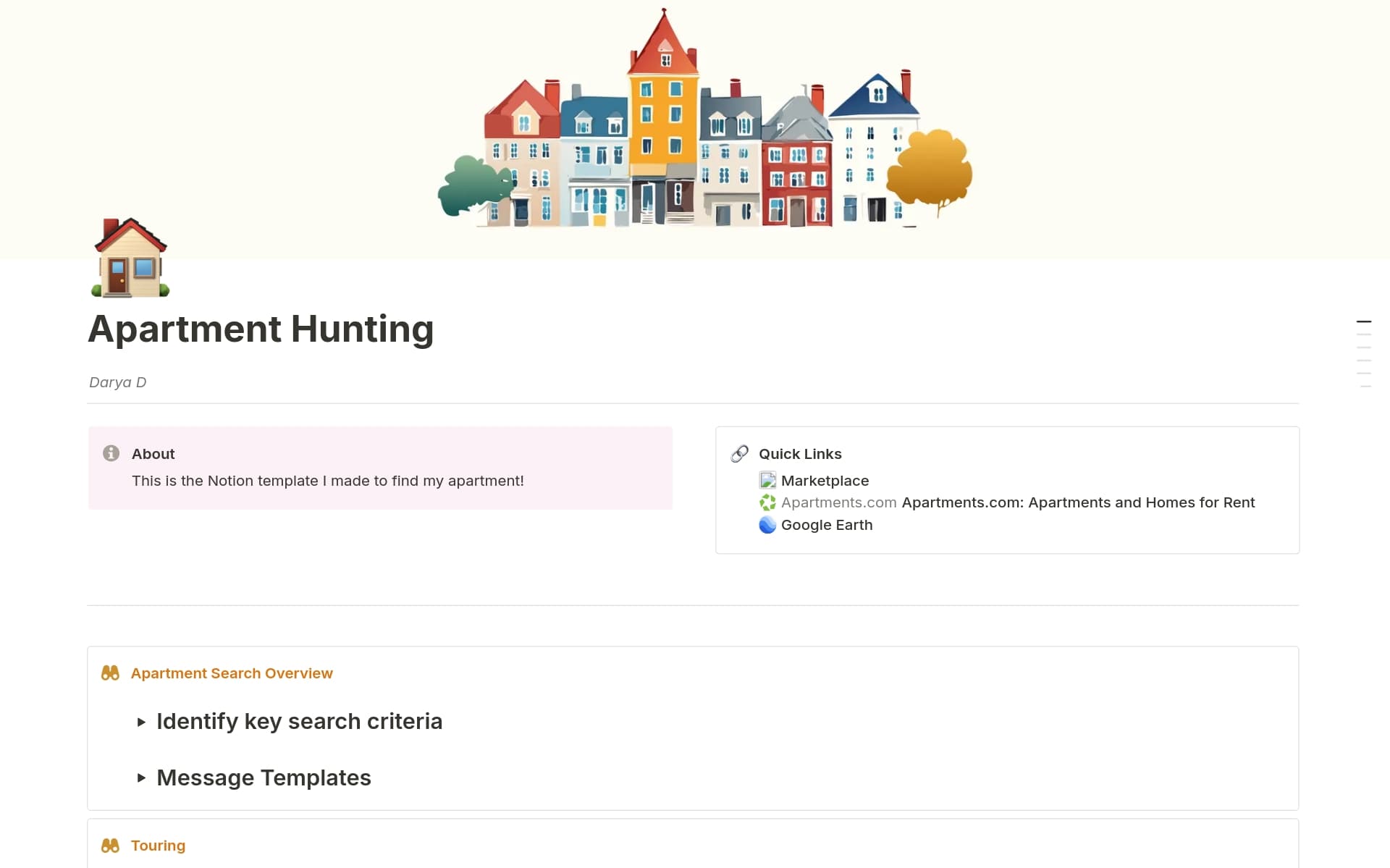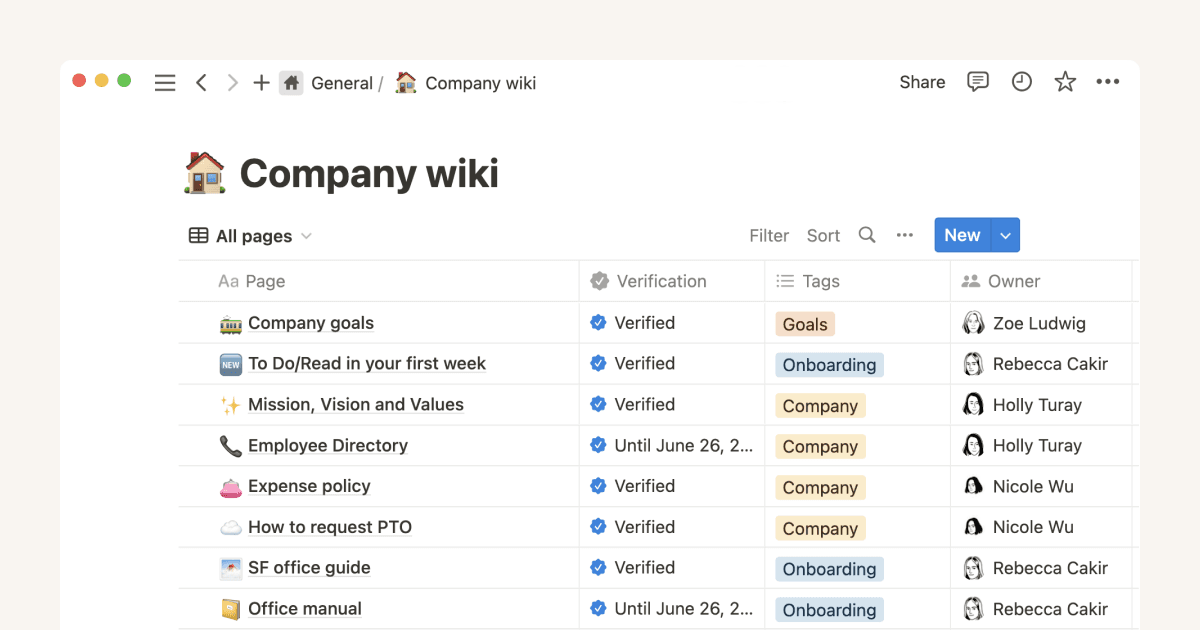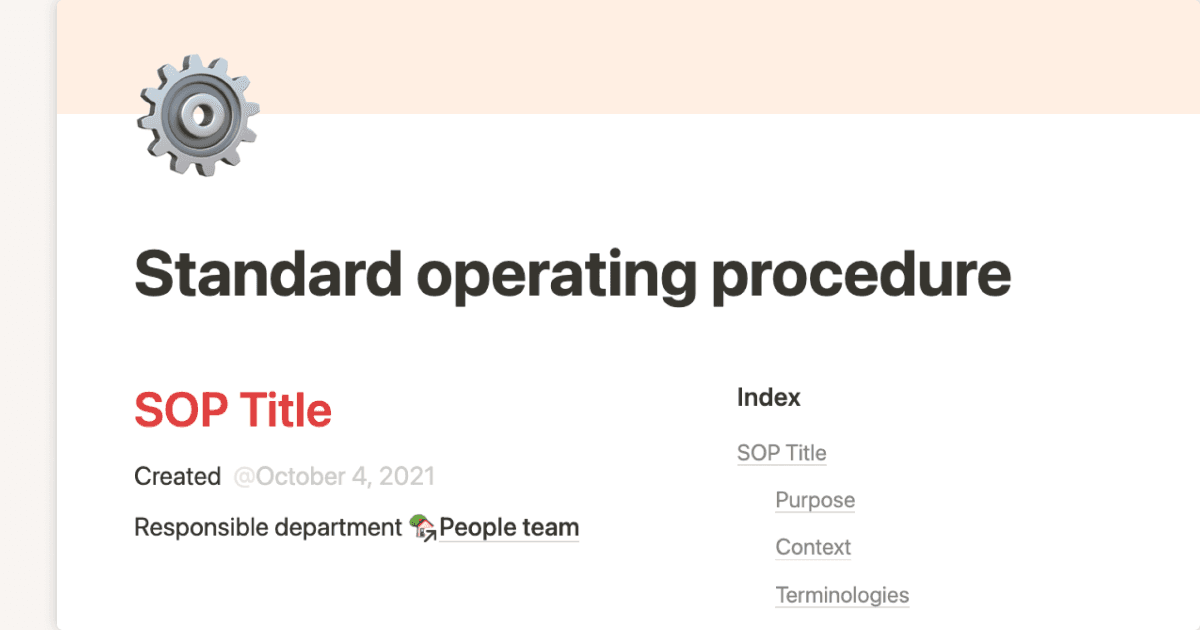Dental Nurse SOPs

About this template
This template contains Standard Operating Procedures (SOPs) for dental nurses, covering a wide range of essential practices. It begins with infection control and sterilization, detailing the steps for PPE usage, instrument handling, cleaning, and disinfection of surfaces. The document emphasizes the importance of following manufacturer guidelines for equipment maintenance and includes procedures for biological spore testing and keeping detailed logs.
The SOPs also outline patient preparation and assistance, ensuring comfort, safety, and adherence to clinical protocols. Dental nurses are guided on how to greet and seat patients, review medical history, explain procedures, assist during treatment, and provide post-treatment care. Special attention is given to handling patients with specific needs, such as anxious patients, children, the elderly, or disabled individuals.
Furthermore, the document provides comprehensive steps for handling and disposing of biohazardous waste, including segregation, safe handling, and decontamination of waste collection areas. It also covers maintenance of dental equipment, such as handpieces, suction units, and sterilization devices, with detailed instructions for daily, weekly, and monthly maintenance. Additionally, there are guidelines for radiography assistance and X-ray processing, focusing on patient positioning, radiation safety, and digital image handling.
The template includes procedures for stock management and ordering sterile supplies, emphasizing inventory control, storage, and compliance with infection control standards. Emergency response and managing medical emergencies are also detailed, with steps for recognizing emergencies, providing immediate response, and coordinating with emergency services. The SOPs further cover assisting with restorative and surgical procedures, ensuring efficient chairside assistance and maintaining aseptic conditions.
Finally, the document provides protocols for handling and storage of medications and anesthetics, including receiving, inspecting, and administering medications, as well as managing controlled substances and disposing of expired drugs. It concludes with guidelines for managing patient records and confidentiality, ensuring accurate documentation, secure storage, and compliance with data protection laws and ethical guidelines.













